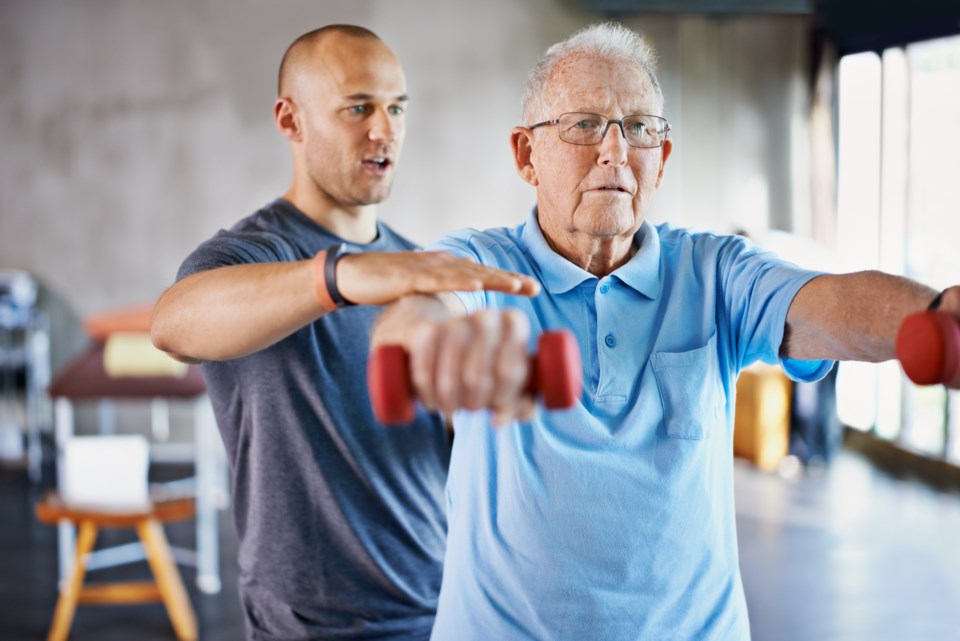Stroke recovery is a journey that continues well beyond the hospital
When someone has a stroke, the first focus is on urgent hospital care. But here’s something many people don’t realize, recovery doesn’t stop when you leave the hospital. In fact, that stage is just the beginning.
With the right support, progress can still be made months, or even years, after a stroke.
Small steps can make a big difference
Sometimes, people feel stuck after leaving the hospital. You might be doing the same exercises over and over, not sure how to move forward. A fresh look at your abilities can open new doors. Therapists can help update your movement patterns so that what feels difficult now can become easier and more natural.
Using too much effort often increases muscle tightness (called “tone”), which then makes moving harder. The good news? That tone can often be reduced, and underneath it there’s movement waiting to be trained. On the other side, if muscles feel weak or floppy, therapists can show you how to strengthen them without relying on awkward or tiring compensations.
More than just muscles
Recovery isn’t just about strength. Balance plays a huge role in everyday life and poor balance can affect not just your walking, but also how you use your arm. A lack of balance can chip away at confidence, which in turn reduces activity. The hopeful part is that balance can be worked on at any level. Even something as simple as practicing stairs can be excellent therapy.
And let’s not forget about pain. For example, a sore shoulder often happens when the arm isn’t moved enough. Learning proper positioning can ease discomfort and prevent bigger problems later on.
Progress takes time— and that’s okay
One of the hardest parts of stroke recovery is patience. Progress might feel slow, but slow progress is still progress. Simple “homework” exercises, done regularly, can add up to meaningful improvements.
Occupational therapists play an important role. OTs assess how you move and help you use those movements in everyday tasks such as cooking, dressing, or climbing stairs. Even a short session can move you closer to living more independently.
Sometimes equipment or assistive devices can help too, supporting weaker muscles until they get stronger. While some people benefit from treatments like Botox for high muscle tone, there are many other ways to improve hand and arm positions without it.
It’s never too late to start again
Stroke recovery is a journey, not a finish line. With the right guidance and persistence, there’s always room for improvement no matter how much time has passed. Maybe your stroke was a few months ago or maybe it was years ago.
Either way, change is still possible. The first step is simply having a conversation: what do you want to achieve? From there, you and your therapist can set realistic goals and build a plan that fits your life.
Where to find support
- Abilities Rehabilitation Services – www.abilitiesrehab.ca offers 1:1 therapy, education, and home safety assessments.
- March of Dimes Canada – marchofdimes.ca provides therapy, caregiver support, and help with home modifications.
- After Stroke – afterstroke.ca offers programs for skill development, peer support, exercise, and communication.

